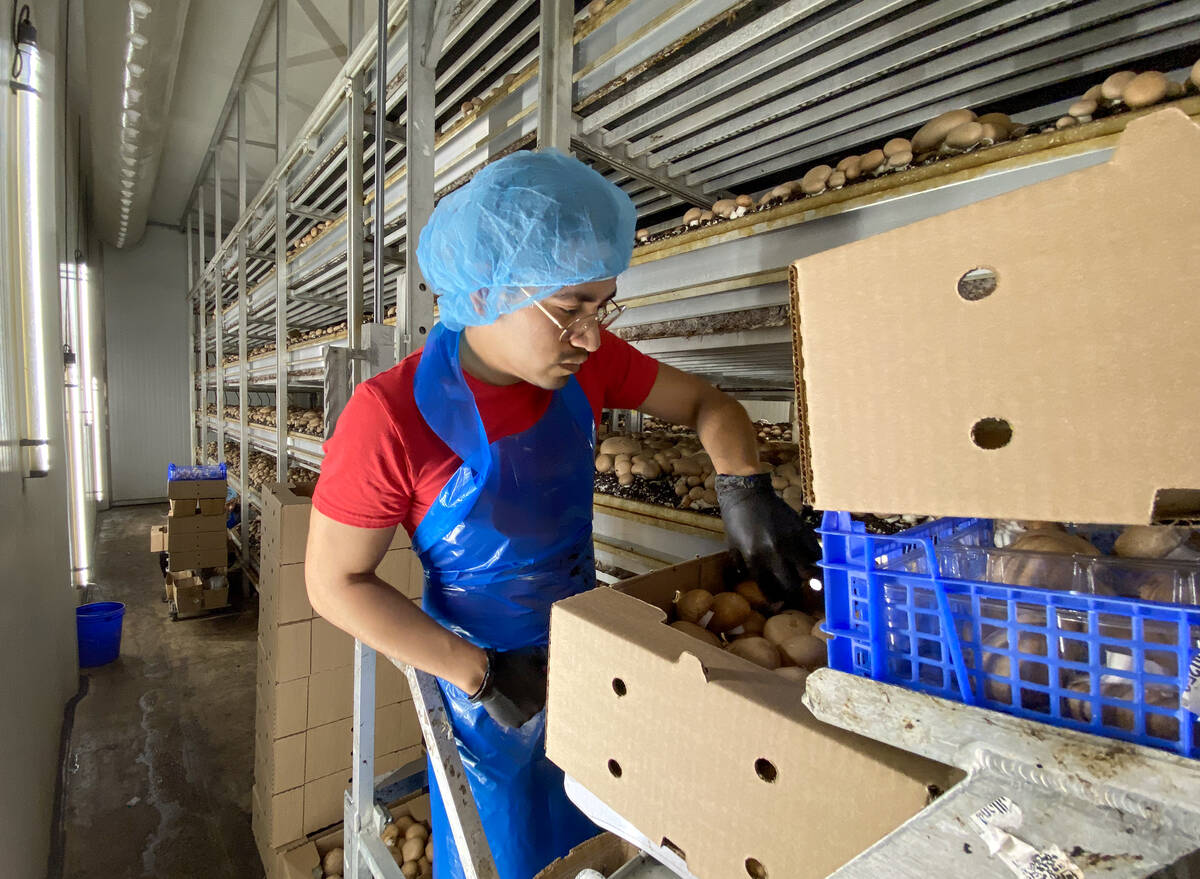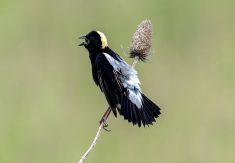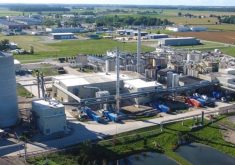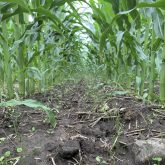Low-carbon fuel standards and other climate change-related government policy initiatives, along with a recent initiative to grow more winter canola for biofuel production, could see more winter canola grown in Ontario.
North American energy companies are eyeing ways to reduce the long-term carbon footprint of what they sell. A recently-announced U.S. collaboration could benefit southern Ontario growers, where winter canola is usually the variety of choice.
Why it matters: Ontario producers looking to expand their crop rotation and diversify marketing opportunities could look to canola if there’s long-term certainty that it will be a profitable option.
Read Also

Ontario’s other economic engine: agriculture and food
Ontario Federation of Agriculture president, Drew Spoelstra, says Ontario’s agriculture and agri-food sector should be recognized for its stability and economic driving force.
On March 14 canola crusher Bunge, energy company Chevron, and seed giant Corteva announced “a commercial collaboration to introduce proprietary winter canola hybrids” with a goal to “increase the availability of vegetable oil feedstocks primarily for the growing domestic renewable fuels market.”
A joint news release said the companies “plan to introduce the winter canola crop into the southern United States with an intention to create a new revenue opportunity for farmers with a sustainable crop rotation. The proprietary winter canola hybrids from Corteva can be used in a double crop system, following soybeans or cotton.”
Chris Vervaet, executive director of the Canadian Oilseed Processors Association, says there is interest among U.S. energy companies to partner with seed companies to expand canola acres.
Vervaet delivered a presentation during Manitoba Ag Days earlier this year entitled “Fuelling the Future: Renewable Fuels and Crush Expansion” where he said canola acreage is poised to increase significantly across the country as farmers take advantage of that trend.
Citing projections from Advanced Biofuels Canada and the Jacobsen Renewable Fuels Outlook, as well as public announcements about planned construction and expansion by renewable fuels producers, he suggested production capacity for renewable fuels in the U.S. is set to more than double to 20 billion litres annually by 2025.
In Canada, production capacity could conceivably rise in the same period by as much as 20 times, to just over four billion litres annually, if all companies follow through on planned upgrades.
Speaking to Farmtario in mid-April, Vervaet offered that “biofuels is a big deal for our industry right now and I see it becoming an even bigger deal in the not-too-distant future.”
Vervaet represents processor interests on the Canola Council of Canada. Canola has a higher oil content than other commonly grown oilseed crops, with 40-44 per cent compared to 20-22 per cent for typical soybeans. And the crop, especially that grown in Canada using less carbon-intensive farming practices, gives energy-producing companies the opportunity to decrease their overall environmental footprint throughout the supply chain.
In the West, this is due to expansion of conservation tillage practices across the Prairies and the addition of canola to typical crop rotations. In Ontario, where canola is not yet grown on a widespread basis, the long-term carbon footprint of a rotation that includes the crop could potentially be lowered through double-cropping with another crop in the same year. This comprises a research initiative now being pursued by the University of Guelph and Agriculture and Agri-Food Canada.
“These days when we hear about low carbon fuel standards, it’s an opportunity that the energy companies are looking at in terms of taking advantage of credits for reducing the carbon footprint,” Vervaet said. “And this is, frankly, being monetized now in all of these biofuels.”
Five to 10 per cent of Canada’s annual canola production now goes into biofuel, mostly in the U.S. and Canada but also in the European Union. Vervaet said he believes the EU market will stagnate or possibly decreasing in coming years, but the U.S. and Canadian markets could see significant increases over the next 15 years.
Canola council analysis suggests the crop’s use in biofuels could go from 1.8 million tonnes in 2021 to 6.4 million tonnes by 2030. In 2021, biofuels represented nine per cent of the market for North American-grown canola. By 2030, that’s projected to rise to 23 per cent.
The canola council has been promoting expansion of canola into the brown soil zones of southwestern Saskatchewan and southeastern Alberta but Vervaet said the potential in those regions is limited by climate. To meet projected demand growth, “increasing yields will be critical.”
The council wants to see the national yield average rise from 37.7 bushels per acre in 2022 to 52 bushels per acre by 2025, and has led the lobbying charge in Ottawa to resist hard targets for fertilizer use in the federal government’s climate change action plan.
Regarding the Bunge/Corteva/Chevron variety research collaboration, Vervaet said the announcement “has drawn some interest” in Canada’s oilseed sector. He couldn’t confirm any similar private-sector initiatives will be announced north of the border, but “I’m sure that there are conversations happening around that (concept), maybe behind the scenes.”
Farmers participating in a 2022-23 growing season pilot program will contract with a joint venture between Bunge and Chevron to provide the canola for biofuel.













